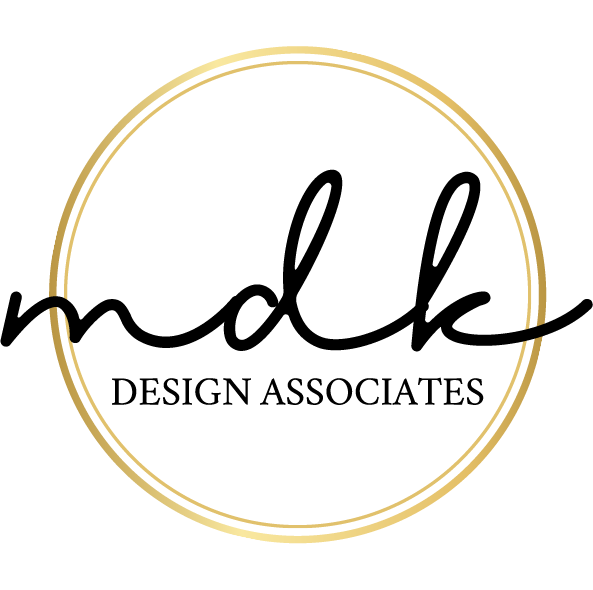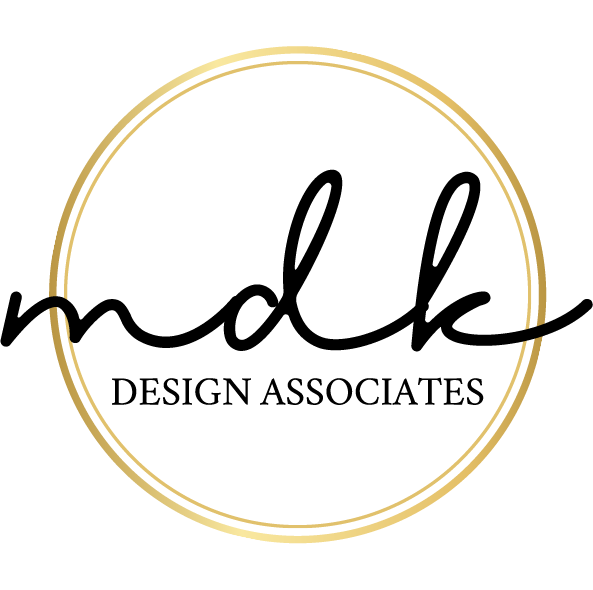Color Theory in Interior Design
When it comes to interior design, one of the most critical elements that have the power to make or break your space is color. Understanding color theory and how to effectively use it can transform a room from dull to dazzling. This blog will delve deep into the magic of color theory, providing you with the insights you need to maximize the potential of your interior design projects.
Part 1: What is Color Theory?
Color theory is a body of practical guidance for mixing colors and the visual effects of specific color combinations. In the context of interior design, it’s an indispensable tool. With color theory, you can create a particular mood, evoke emotions, and even influence perceptions of space.
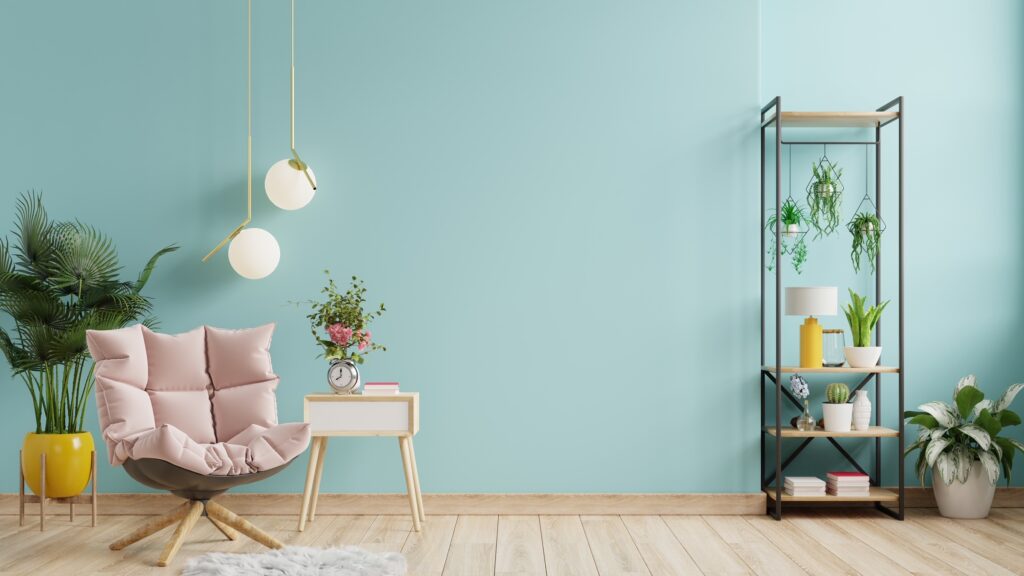
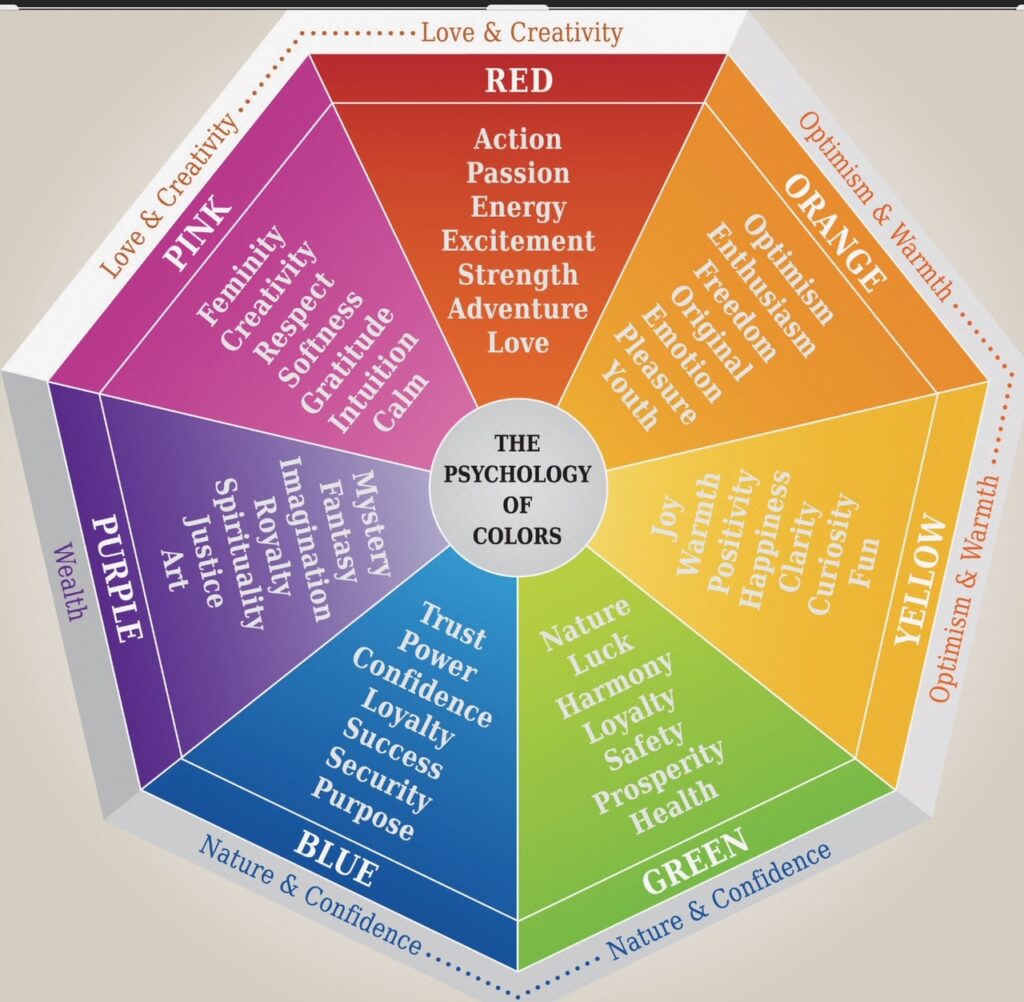
Part 2: Understanding the Color Wheel
The color wheel, featuring primary, secondary, and tertiary colors, is a fundamental concept in color theory. Primary colors (red, yellow, and blue) are the basis of all other hues. By mixing primary colors, we get secondary colors (orange, green, and violet). Mixing a primary and a secondary color results in tertiary colors.
Part 3: Color Schemes for Interior Design
There are several basic color schemes derived from the color wheel:
1. Monochromatic: This scheme uses different shades, tones, and tints of a single color, creating a soothing and elegant visual impact.
2. Analogous: This involves using colors that are next to each other on the color wheel, creating a harmonious and cohesive look.
3. Complementary: This scheme uses colors opposite each other on the color wheel. It adds drama and excitement to a room.
4. Split-complementary: A variant of the complementary scheme, but it uses two colors adjacent to the complementary color.

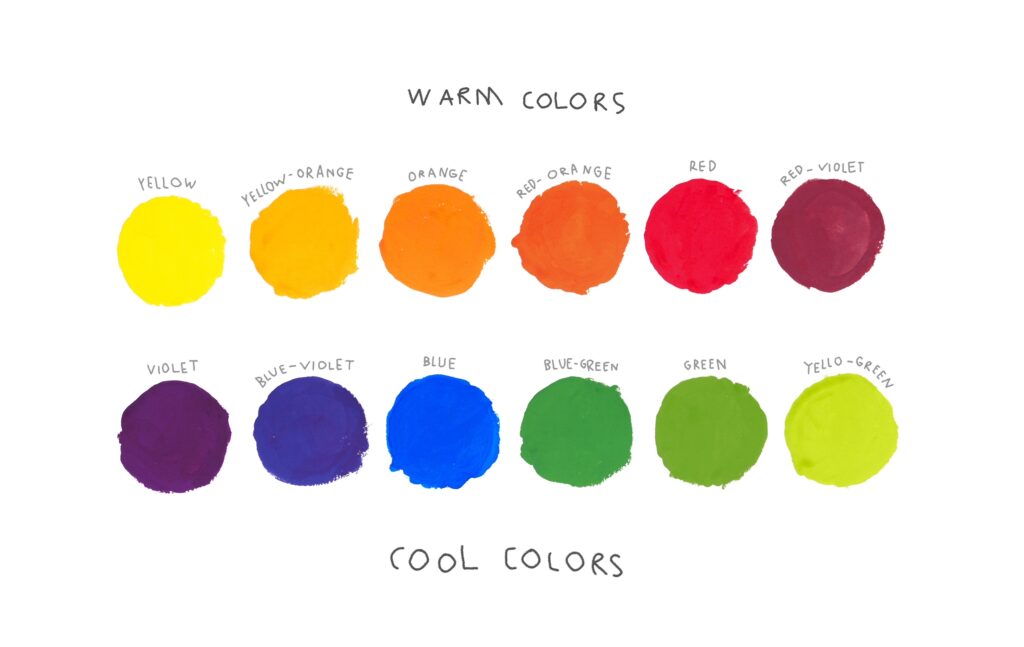
Part 4: The Psychology of Colors
Color has a profound effect on our mood and behavior. Understanding this can help you create the desired atmosphere in a room. For instance, blue is calming and can promote productivity, making it an excellent choice for a home office. Conversely, red is a stimulating and energizing color, ideal for dining areas.
Conclusion:
Color theory is a powerful tool in the world of interior design, impacting both aesthetics and mood. By mastering the art of color theory, you can create spaces that are not only visually stunning but also emotionally resonant. So go on, experiment with color, and create your magical spaces!
